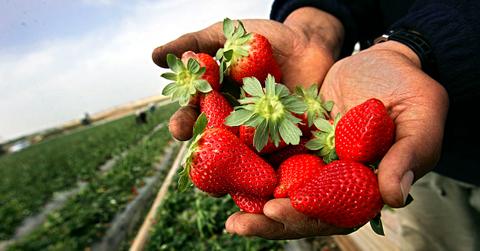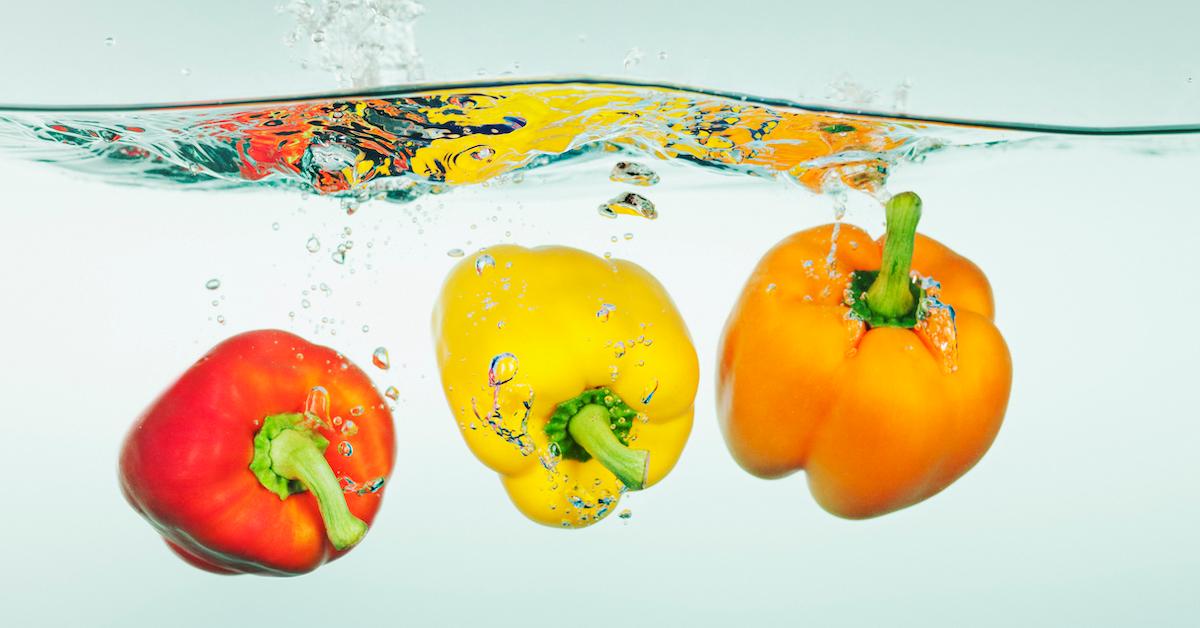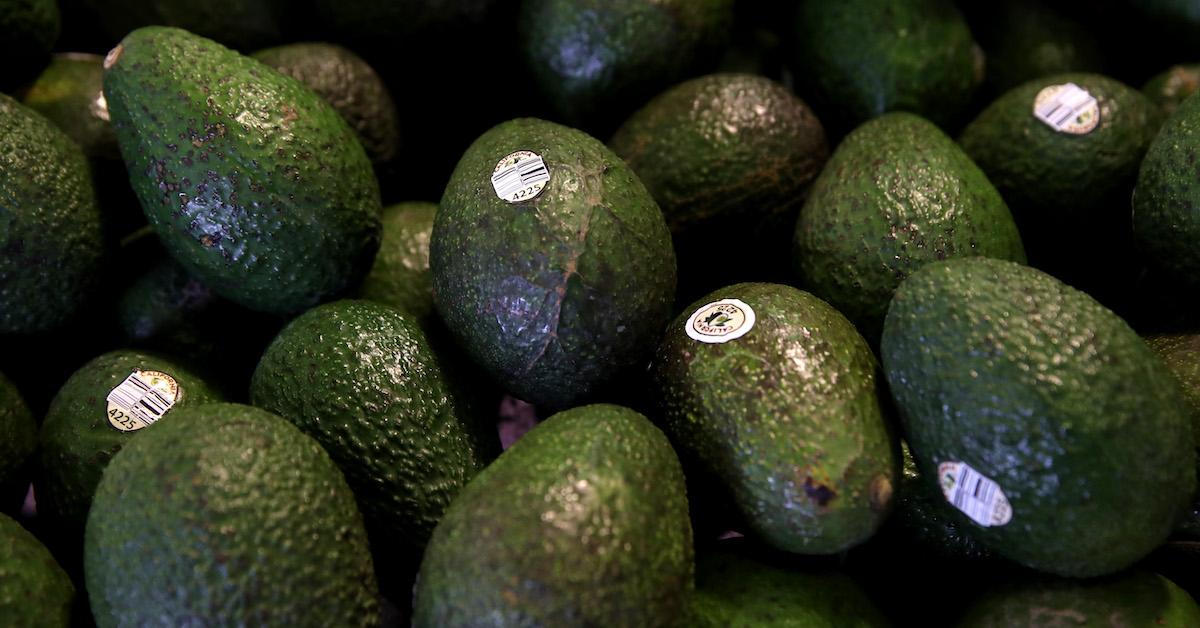2022's Dirty Dozen and Clean Fifteen Lists Are Here, With Bad News for Strawberry Lovers
Published April 7 2022, 12:38 p.m. ET

Spring has sprung, which means the Environmental Working Group’s 2022 Shopper’s Guide to Pesticides in Produce has sprung, too. Since 2004, the EWG has annually published an updated version of guide, better known as the Dirty Dozen and Clean Fifteen, which advises shoppers on which fruits and vegetables they should buy organic (grown without pesticides), and which are safest to buy conventional (grown with pesticides).
The new lists, which were published on April 7, are compiled based on USDA and FDA data, and contain a few key differences from the 2021 lists — though we’re excited to announce that avocados still come out on top, despite reported issues in the avocado industry.
Keep reading to check out which produce made the 2022 Dirty Dozen and Clean Fifteen, as well as what the EWG recommends you do with this info.
The 2022 Dirty Dozen is a list of produce items containing high pesticide residues.

The Dirty Dozen refers to the 12 fruits and vegetables that were found to contain the highest pesticide levels, even after being washed thoroughly. The list goes from highest to lowest pesticide concentration, and strawberries clinched the No. 1 spot again this year, meaning that conventional strawberries are highly likely to contain significant pesticide residue.
The EWG recommends that shoppers in the U.S. buy organic versions of the items on the Dirty Dozen whenever possible, even though organic produce is generally more expensive.
Excessive pesticide exposure has been linked to a number of health concerns, including hormone disruption, cancer, and nervous system issues, according to the EPA. EWG toxicologist Alexis Temkin told Green Matters last year that choosing organic (especially for foods on the Dirty Dozen list) is most important for pregnant people, babies, and children.
The 2022 Dirty Dozen actually contains the same 12 foods that were on the 2021 list, and in almost the exact same order. The only difference is that bell and hot peppers moved up from the No. 10 slot to No. 7, meaning that there’s even more reason to purchase organic peppers.
Here is the 2022 Dirty Dozen:
- Strawberries
- Spinach
- Kale, collard, and mustard greens
- Nectarines
- Apples
- Grapes
- Bell and hot peppers
- Cherries
- Peaches
- Pears
- Celery
- Tomatoes
The 2022 Clean Fifteen welcomes three new fruits and vegetables that can be bought conventionally.

The Clean Fifteen is the opposite of the Dirty Dozen — it is a collection of produce that the EWG found to contain the lowest amount of pesticide residue, even when grown conventionally. This year, the EWG found that nearly 70 percent of samples of Clean Fifteen produce had zero detectable pesticide residue. Therefore, the EWG believes these are the safest fruits and vegetables to buy from the more affordable conventional section.
Eggplant, broccoli, and cauliflower were all on the 2021 Clean Fifteen, but they did not make the 2022 list. That means that these three veggies must have been found to contain a higher concentration of pesticides than they did last year (though not enough for them to make the Dirty Dozen). New additions to the list this year are mangoes, watermelon, and sweet potatoes, which clinched the bottom three spots.
Here is the 2022 Clean Fifteen:
- Avocados
- Sweet corn
- Pineapple
- Onions
- Papaya
- Sweet peas (frozen)
- Asparagus
- Honeydew melon
- Kiwi
- Cabbage
- Mushrooms
- Cantaloupe
- Mangoes
- Watermelon
- Sweet potatoes
The Dirty Dozen and Clean Fifteen aside, eating fresh produce is important for everyone.
In 2021, Green Matters spoke with EWG toxicologists Thomas Galligan and Alexis Temkin to learn more about the EWG’s recommendations. Heeding the lists comes down to Galligan’s advice: “Buy organic whenever possible, buy lots of fresh fruits and vegetables, and stick to the Clean Fifteen if you can’t afford organic.”
Basically, even if you do not have access to organic produce, you should still eat plenty of fresh conventional fruits and veggies, as their health benefits outweigh the risks associated with pesticide exposure. And for times when organic produce is an option, splurge on organic versions of items on the Dirty Dozen list.
As for produce that does not appear on either list, you'll have to use your own judgment. If you can afford the organic versions of those items, the EWG recommends buying organic; if not, rest assured that the items did not make the Dirty Dozen, and you'll still be reaping their nutritional benefits.
Green Matters’ new book, Green Living, is the perfect guide to living an eco-friendly lifestyle for people at every stage of the process. You can order Green Living here.